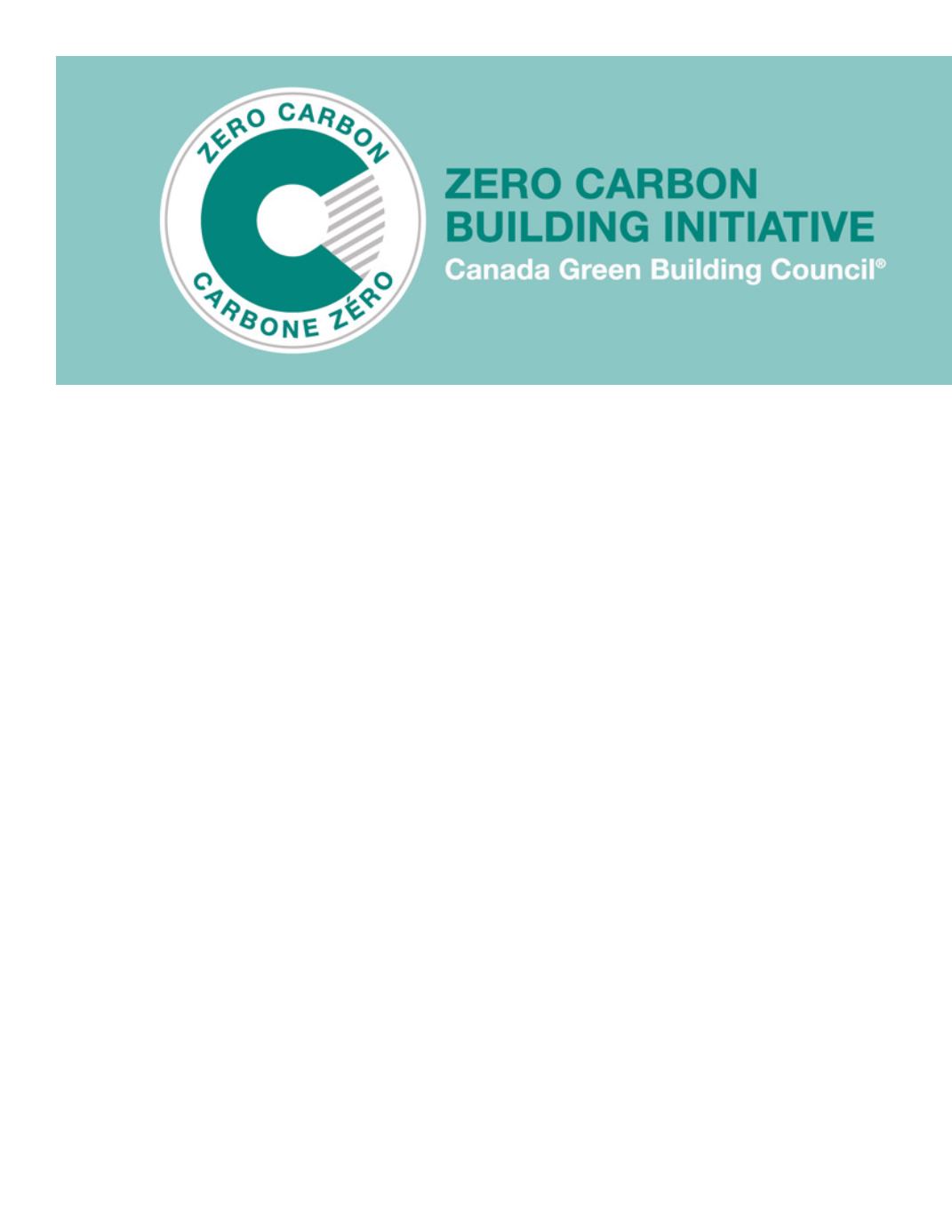
are also taking notice of green building’s
benefits. Tenants are also recognizing that
greener office spaces lend themselves
to healthier indoor environments, greater
productivity and less absenteeism.
On May 29, CaGBC announced a made-in-
Canada solution addresses carbon emis-
sions from buildings
The carbon footprint of buildings – the re-
sult of energy use for construction, mainte-
nance and operation – accounts for about
one- third of greenhouse gas emissions in
Canada, and its reduction has to be one of
the focal points in climate action discus-
sions.
At the beginning of 2017, Canada counted
one billion square feet of projects with
LEED (Leadership in Energy and Envi-
ronmental Design) certification, says Mr.
Mueller. “These green buildings perform
well on energy and water efficiency, waste
management, recycling, a healthy indoor
environment and more – they also repre-
sent a high level of leadership that we can
build on.”
The next step, Mr. Mueller asserts, has
to be even more ambitious. “The Trudeau
government changed the conversation by
committing to a limit of less than two de-
grees Celsius of global warming,” he says.
“With this goal, all of us need to think hard
about how to get there, and this includes
the building sector.”
The goal to advance carbon-neutral build-
ings catalyzed the development of the
CaGBC’s Zero Carbon Building Standard,
which assesses the performance of com-
mercial, institutional and multifamily build-
ings and is the only program of its kind that
makes carbon reductions the key indicator
for building performance.
Mark Hutchinson, the CaGBC’s Vice Presi-
dent of Green Building Programs, says that
most of the efforts in the building sector
28 business elite canada
H
AUGUST 2017


